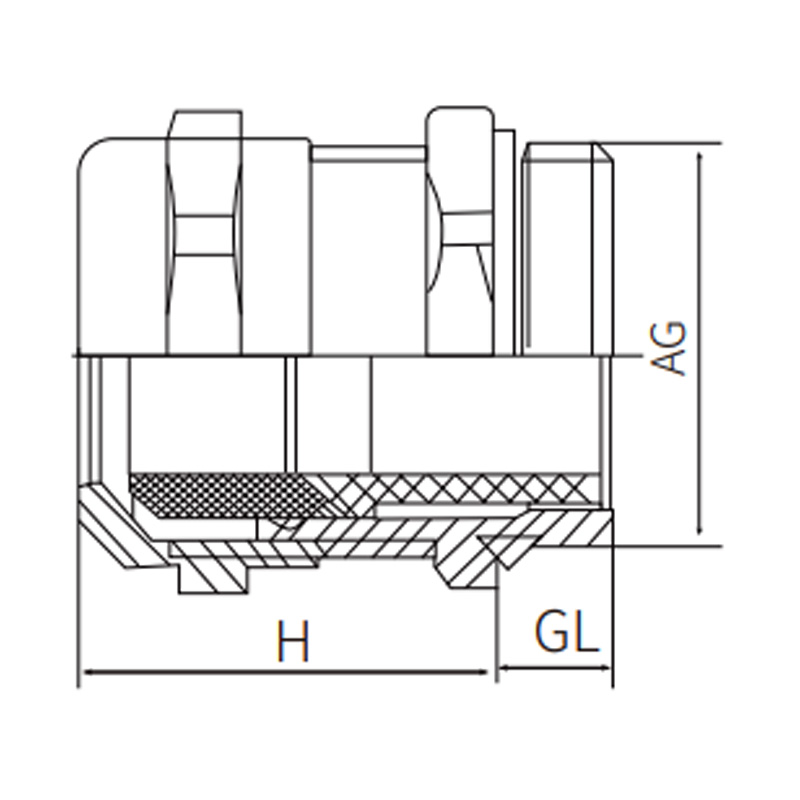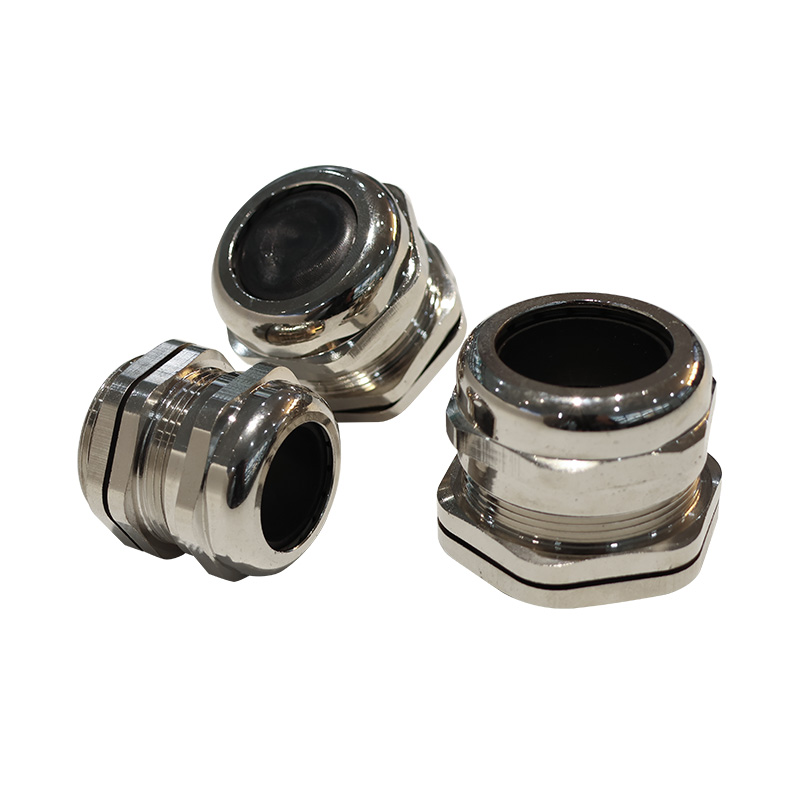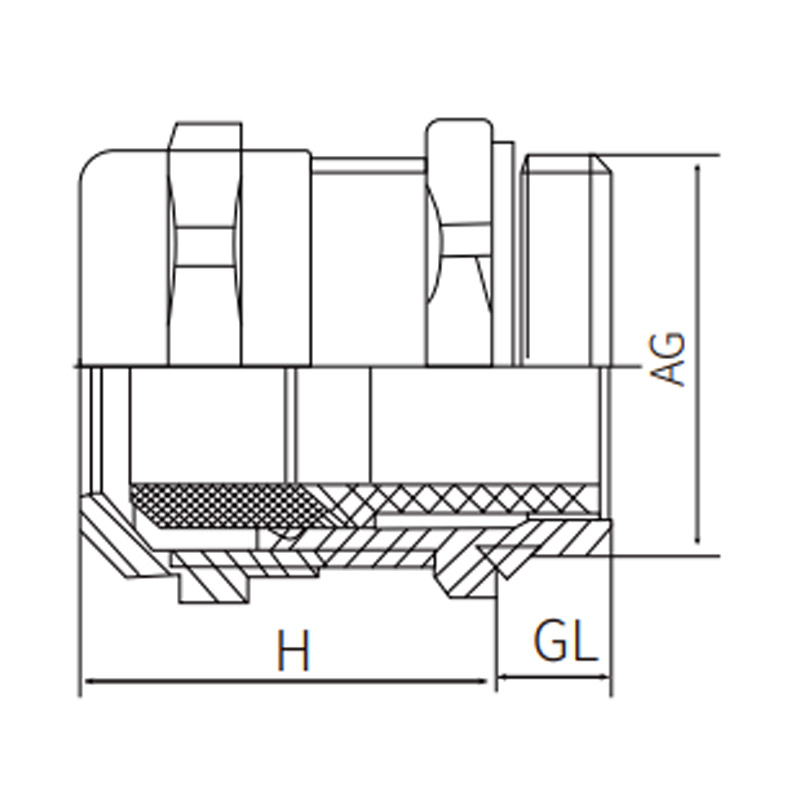Understanding and selecting the correct IP rating is essential when choosing a Waterproof Junction Box or Waterproof Distribution Box. It ensures safety, reliability, and long-term...
READ MORE-
-
Outdoor electrical installations face unique challenges that require specialized components to ensure their reliability and safety. Among the more important components are metal ca...
READ MORE -
Durability is a key factor when designing and maintaining electrical systems. With so many environmental challenges that electrical installations face—such as excessive temperature...
READ MORE -
Safety compliance is not just about adhering to regulations; it’s about protecting people, equipment, and infrastructure from the risks of electrical hazards. Electrical fires, sho...
READ MORE
Industry Knowledge Extension
What Are the Three Types of Metal Cable Gland?
Metal cable glands are essential accessories in electrical installations, offering secure entry points for cables while maintaining protection against dust, moisture, and mechanical stress. They are usually made of brass, stainless steel, or aluminum alloys, and can be divided into three key types:
1. Standard Metal Cable Glands
These glands are commonly used in indoor and controlled environments. They provide secure clamping of cables and prevent accidental loosening. Standard types are suitable for electrical cabinets, control panels, and machinery where conditions are stable. Their key advantage lies in their balance between strength, affordability, and reliability.
2. Armored Cable Glands
Armored types are designed for use with steel wire armored (SWA) cables or other reinforced cables. They provide both mechanical support and electrical continuity by securing the cable’s armor to the gland body. This ensures grounding and protection against cable pull-out. Armored glands are widely applied in industrial plants, power stations, and heavy-duty machinery where mechanical safety is a top concern.
3. Explosion-Proof Metal Cable Glands
Explosion-proof glands are used in hazardous environments such as oil refineries, chemical plants, and mining industries. They are engineered to prevent sparks or flames from escaping the gland, thereby eliminating ignition risks. With compliance to ATEX or IECEx standards, these glands are critical for high-risk zones. Their construction ensures safety under conditions.
The three main types—standard, armored, and explosion-proof—serve distinct applications, from everyday use to demanding industrial environments.
When to Use High Pressure Cable Glands?
High pressure cable glands are specialized components designed to withstand environments where cables are exposed to pressures, liquids, or gases. Understanding when to use them is important for ensuring both safety and reliability.
Protection Against Pressure
These glands are necessary in industries such as oil and gas, marine engineering, and chemical processing, where cables pass through pressurized chambers or underwater pipelines. They create a reliable seal that prevents liquid or gas leakage, maintaining system integrity. Without them, cables would be prone to leaks that could compromise safety and efficiency.
Resistance to Harsh Conditions
High pressure cable glands are also used in environments involving high temperatures, corrosive substances, or rapid pressure changes. Their robust construction—often using stainless steel or nickel-plated brass—ensures resistance to corrosion and mechanical stress. This makes them suitable for offshore platforms, desalination plants, and hydraulic systems.
Ensuring Long-Term Reliability
Beyond sealing, these glands prevent cable slippage, electrical hazards, and mechanical wear under pressure. Industries that rely on uninterrupted operations, such as petrochemical refineries or power generation facilities, often select high pressure cable glands as part of their safety strategy.
What Is the Process of Nickel Plated Cable Gland?
Nickel plating is a widely used surface treatment for metal cable glands, enhancing both appearance and performance. The process involves several carefully controlled steps to ensure quality results.
Before plating begins, the cable gland components are thoroughly cleaned to remove dirt, grease, and oxidation. Techniques such as ultrasonic cleaning or acid dipping may be used. This step is crucial to ensure strong adhesion between the metal surface and the nickel layer.
In this stage, the cleaned metal parts are submerged in a nickel salt solution. An electric current is applied, causing nickel ions to deposit onto the surface of the gland. The thickness of the plating is carefully controlled to achieve the desired level of protection. Electroplating creates a uniform layer that enhances both durability and corrosion resistance.
After plating, the glands undergo rinsing and polishing to achieve a smooth, glossy finish. The nickel layer improves electrical conductivity, provides a professional appearance, and offers resistance against rust and wear. Quality control tests, such as adhesion checks and salt spray tests, are conducted to ensure long-lasting performance.
The nickel plating process transforms standard metal cable glands into high-quality, corrosion-resistant components suitable for a wide range of industrial and commercial applications.


 English
English 中文简体
中文简体 Español
Español عربى
عربى

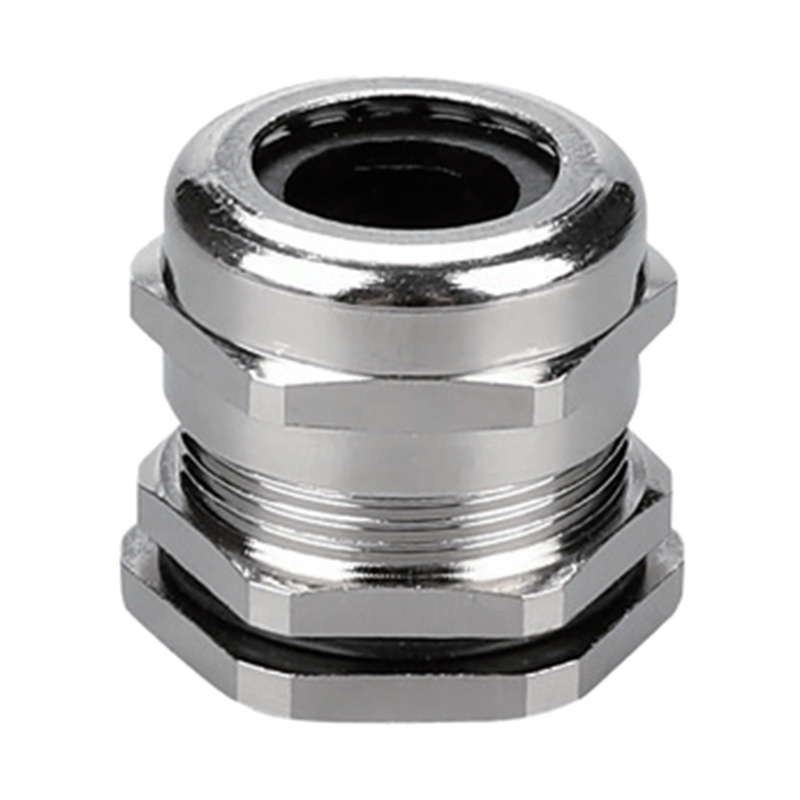

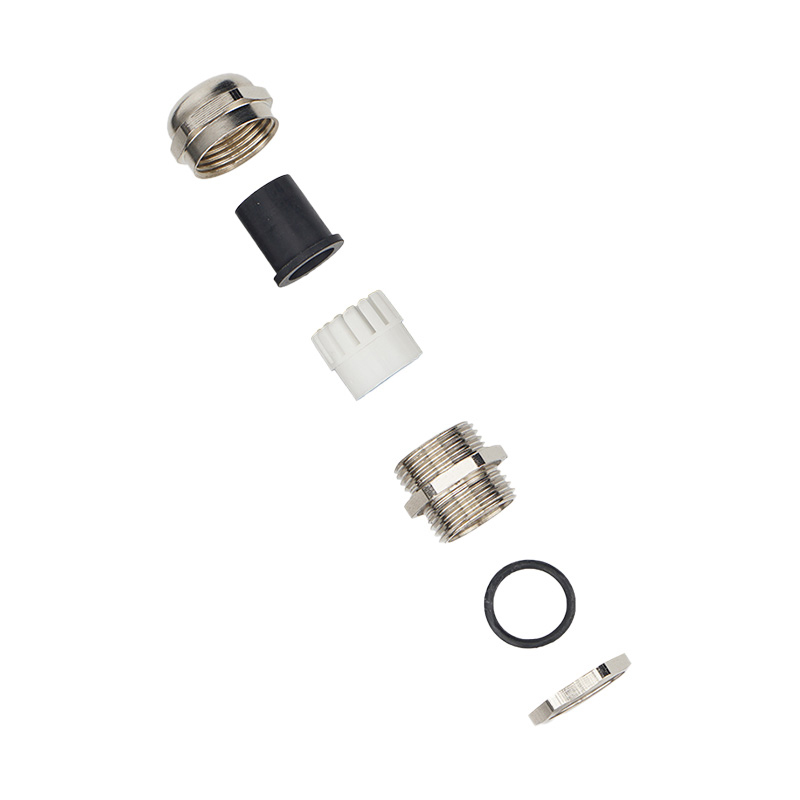
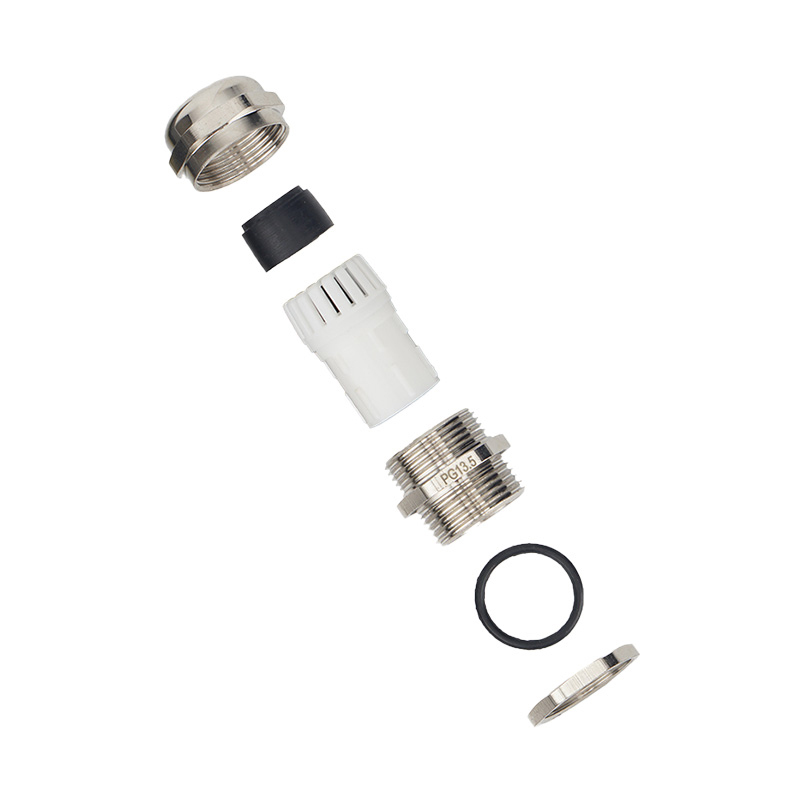
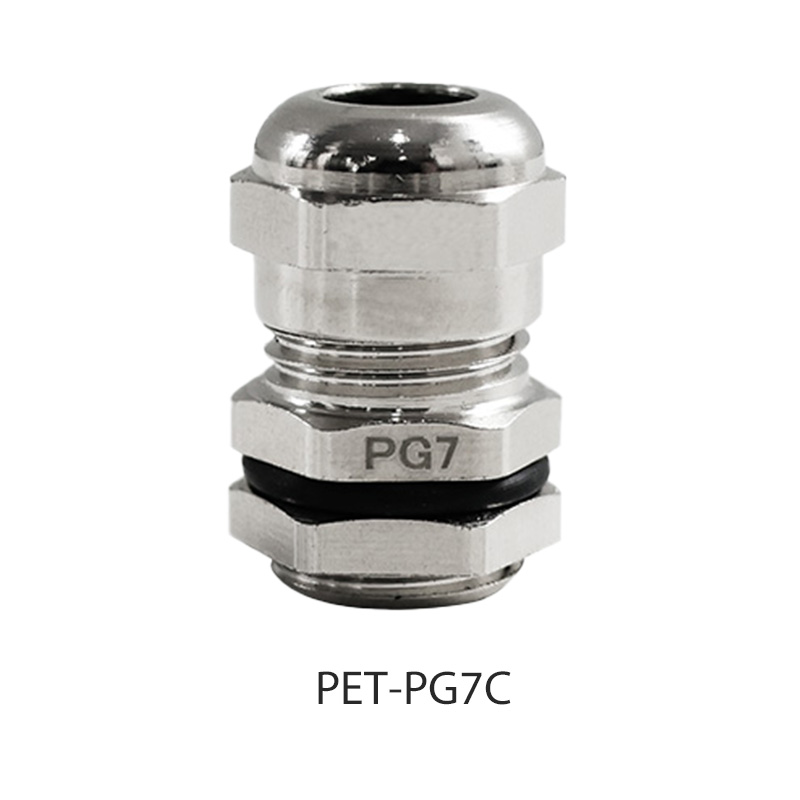
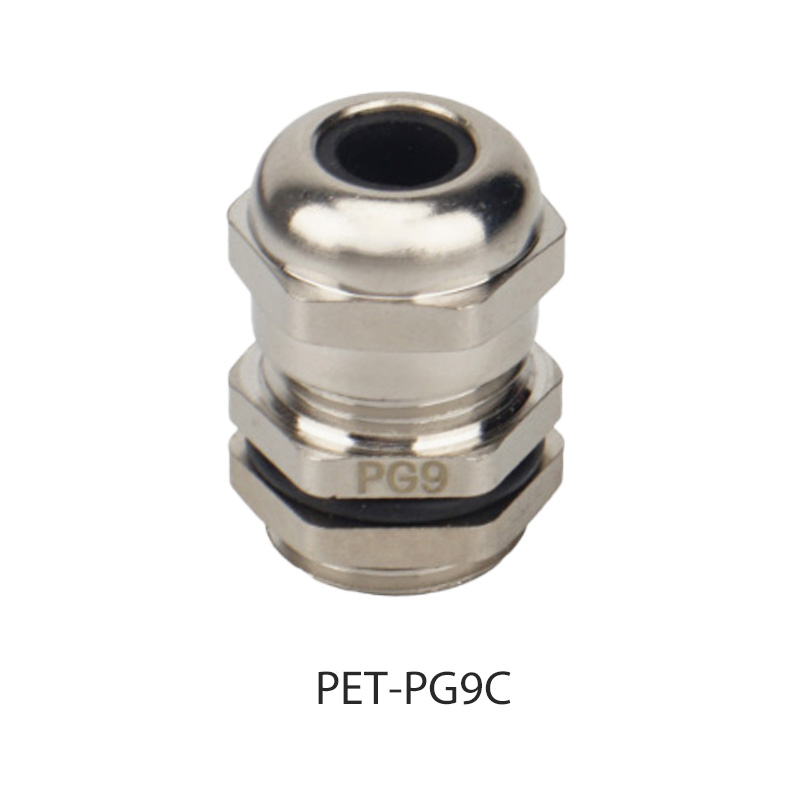
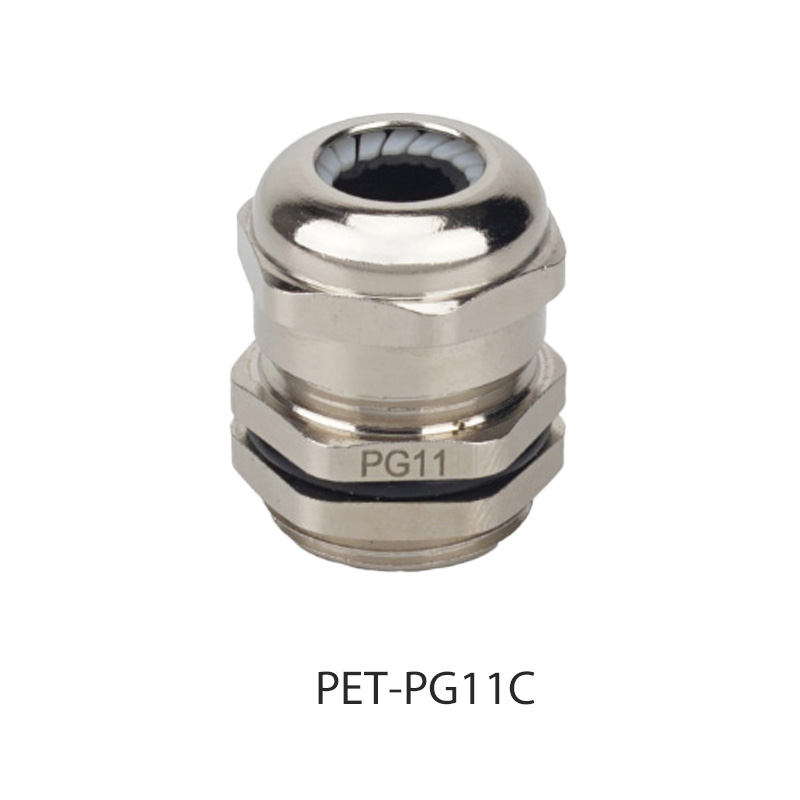
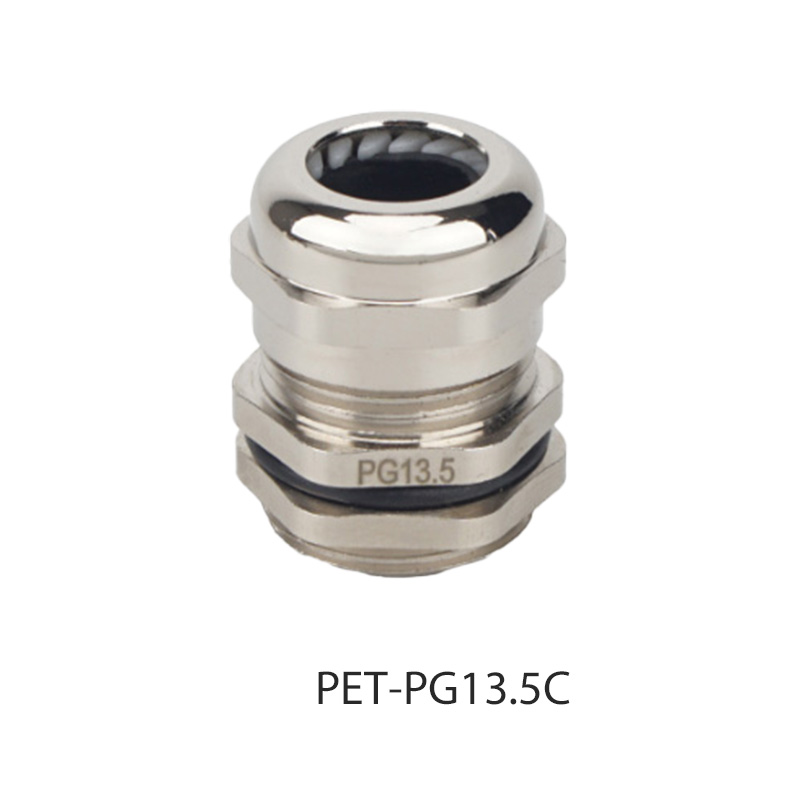
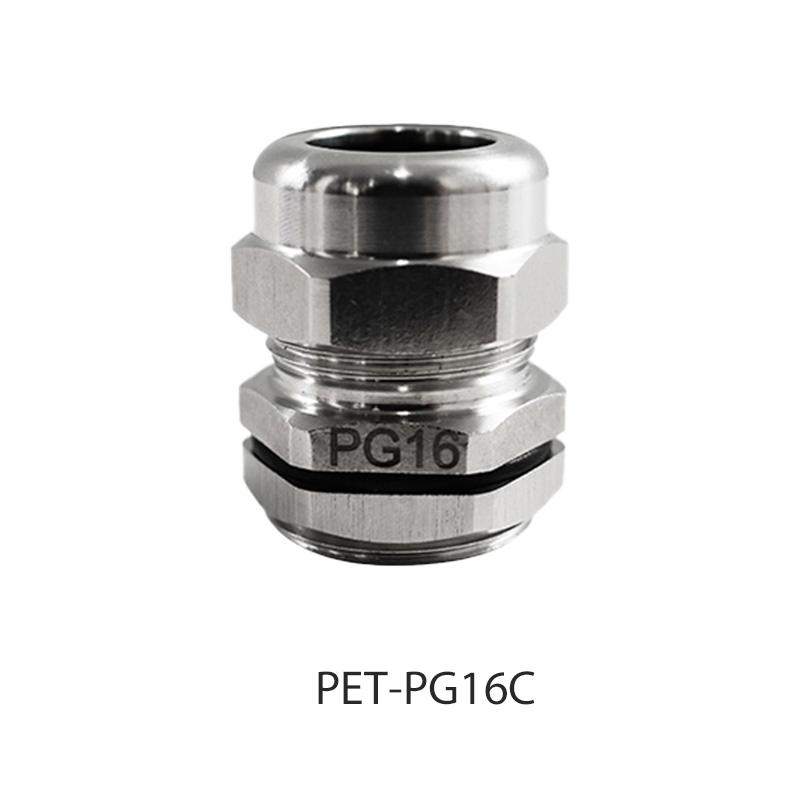
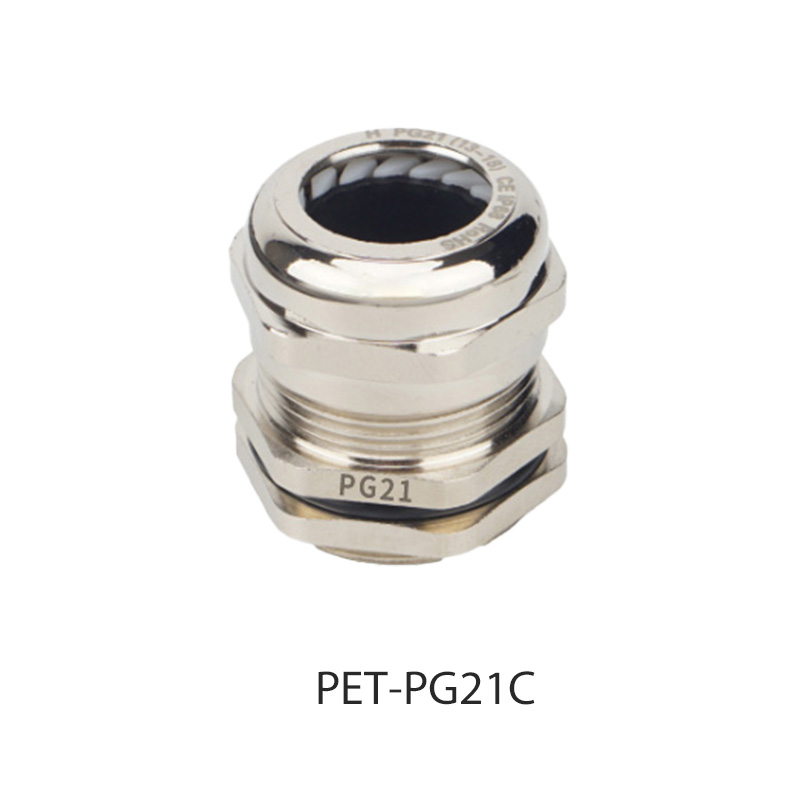
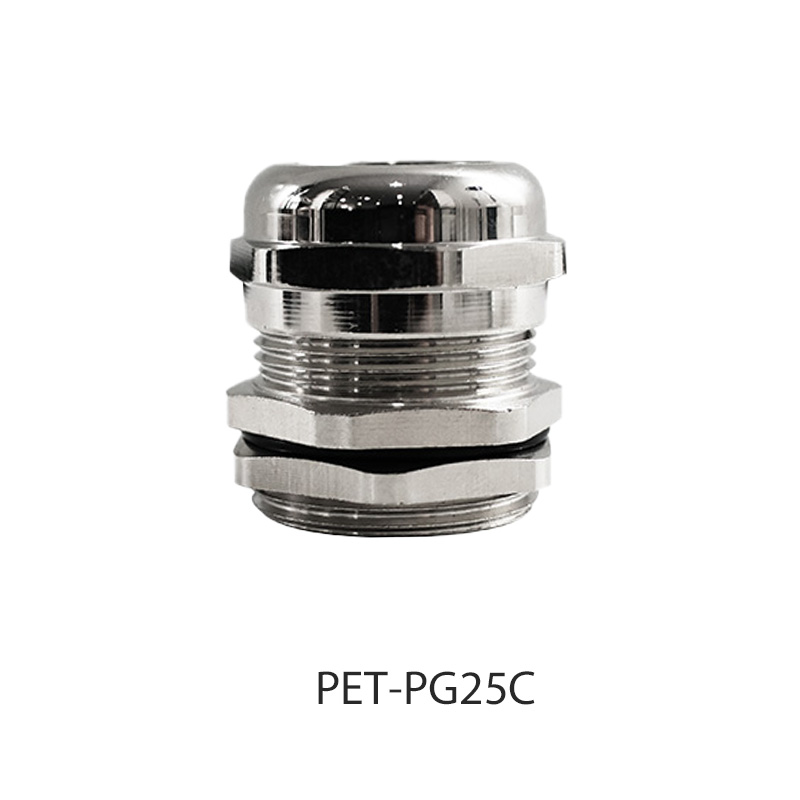
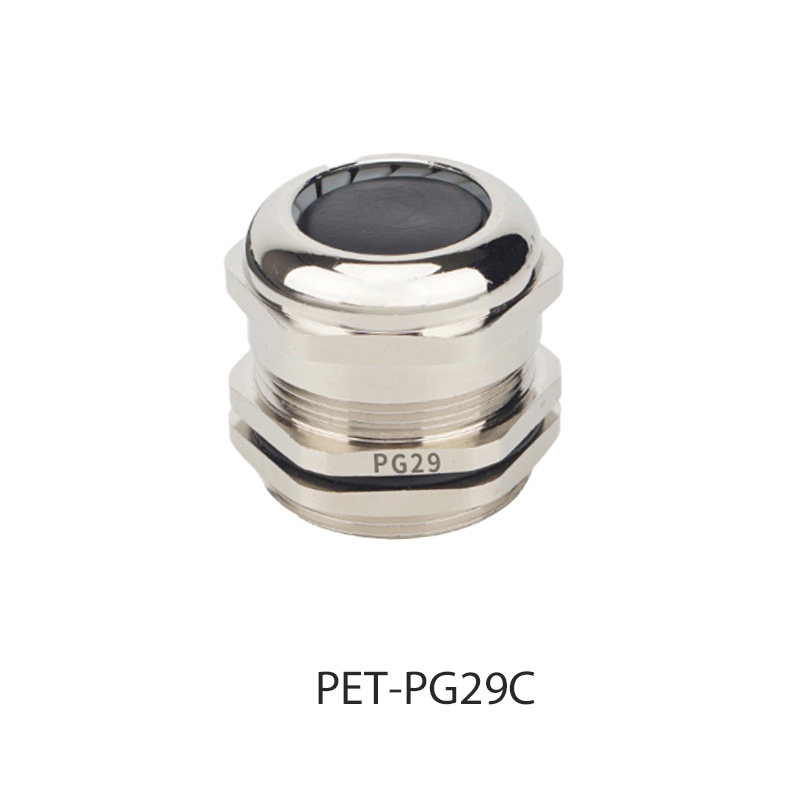
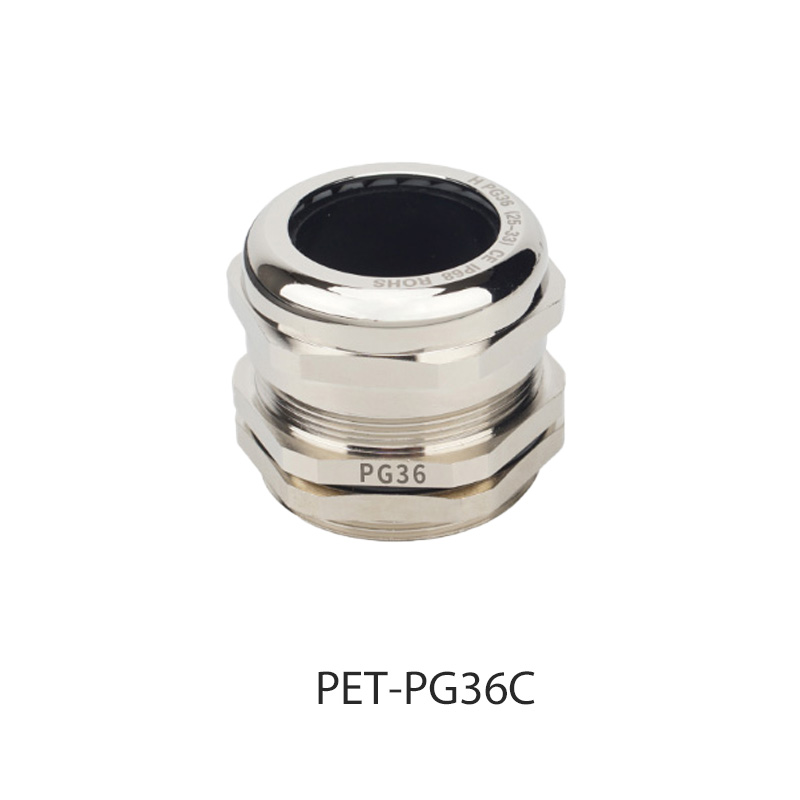
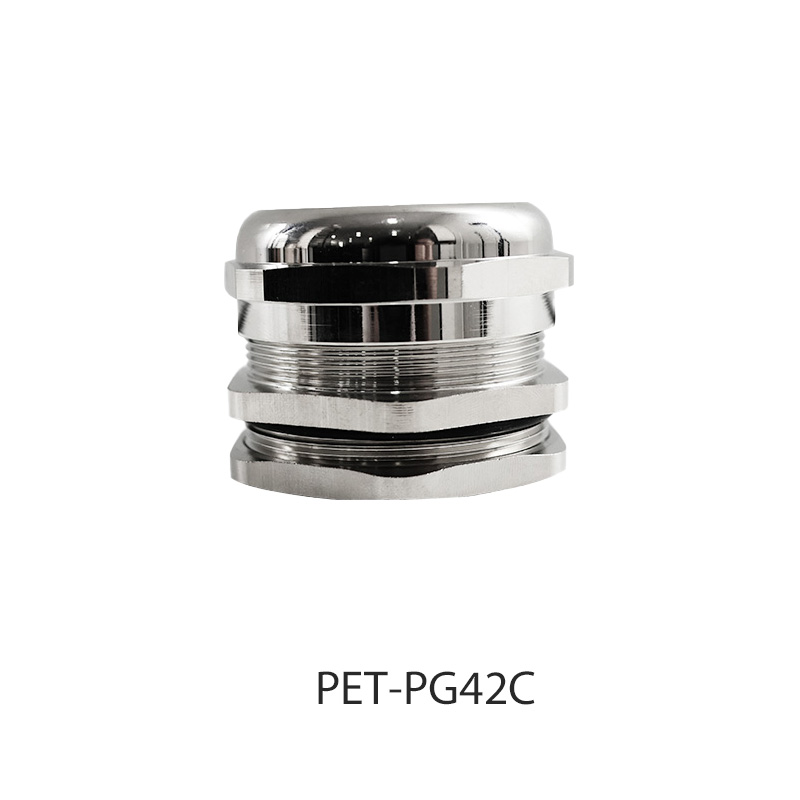
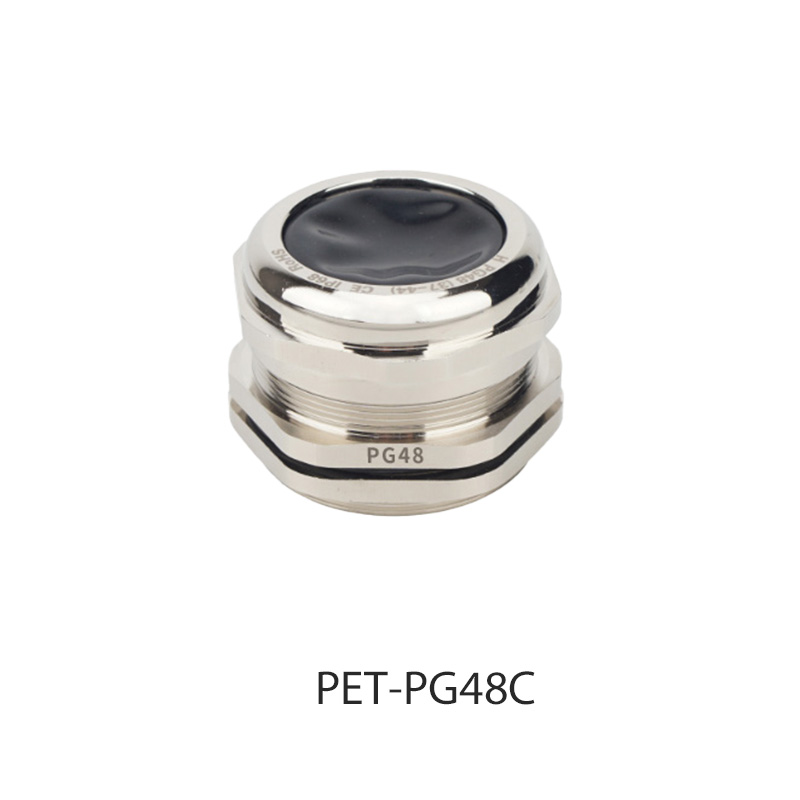
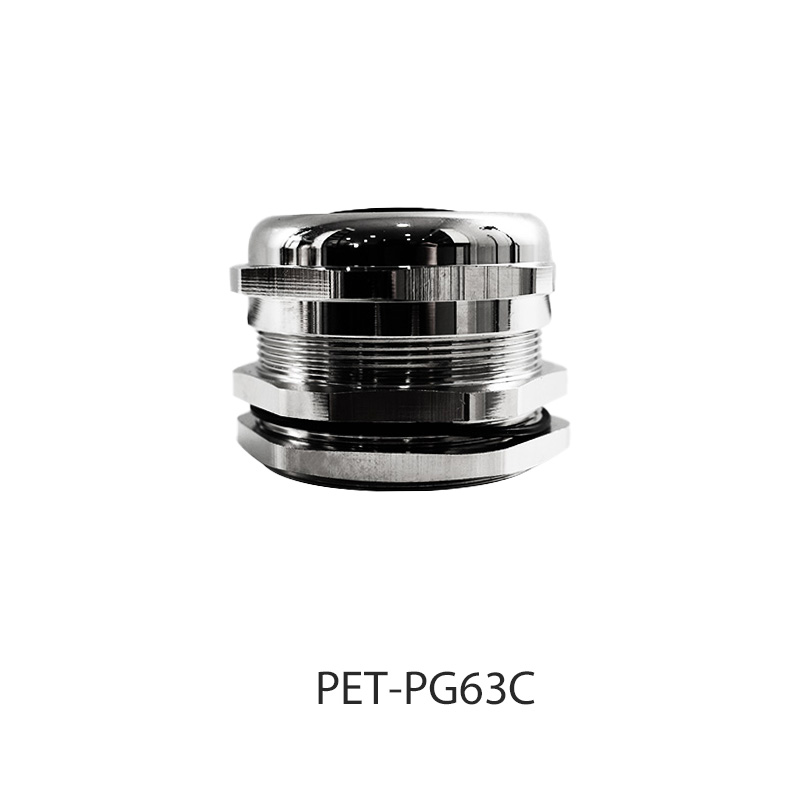
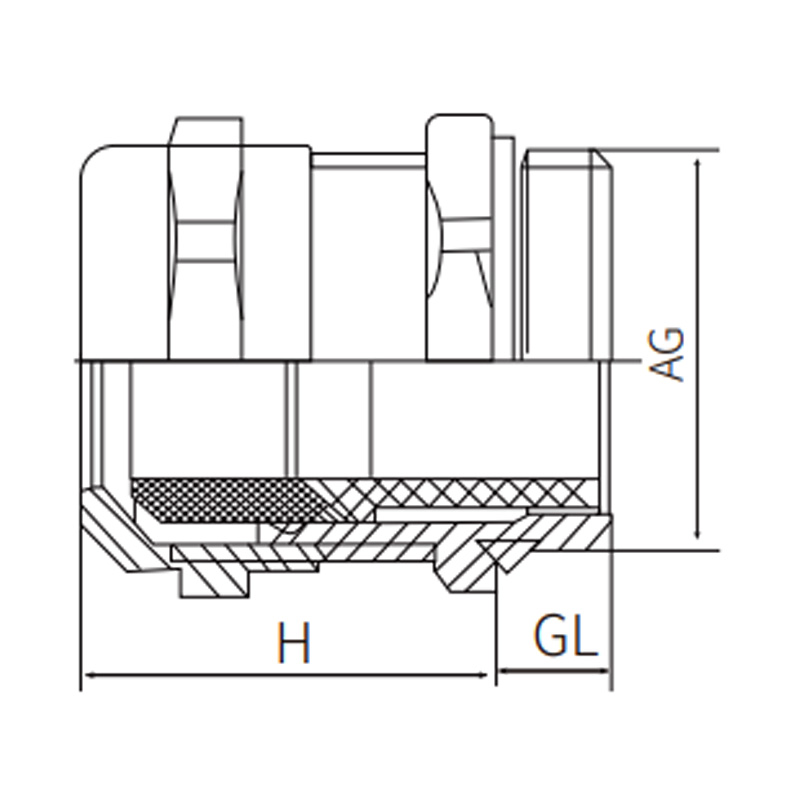








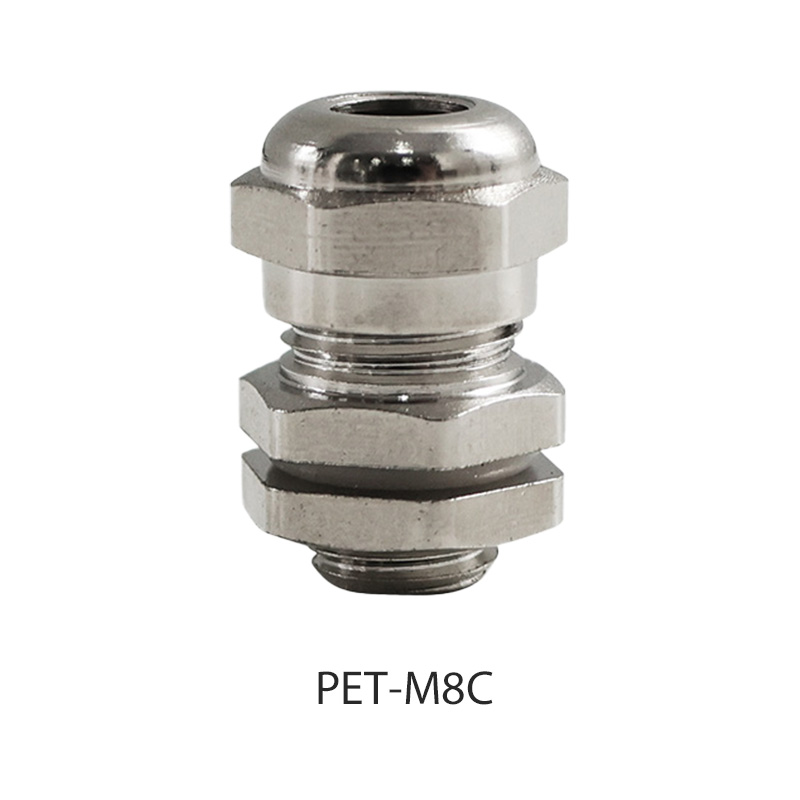
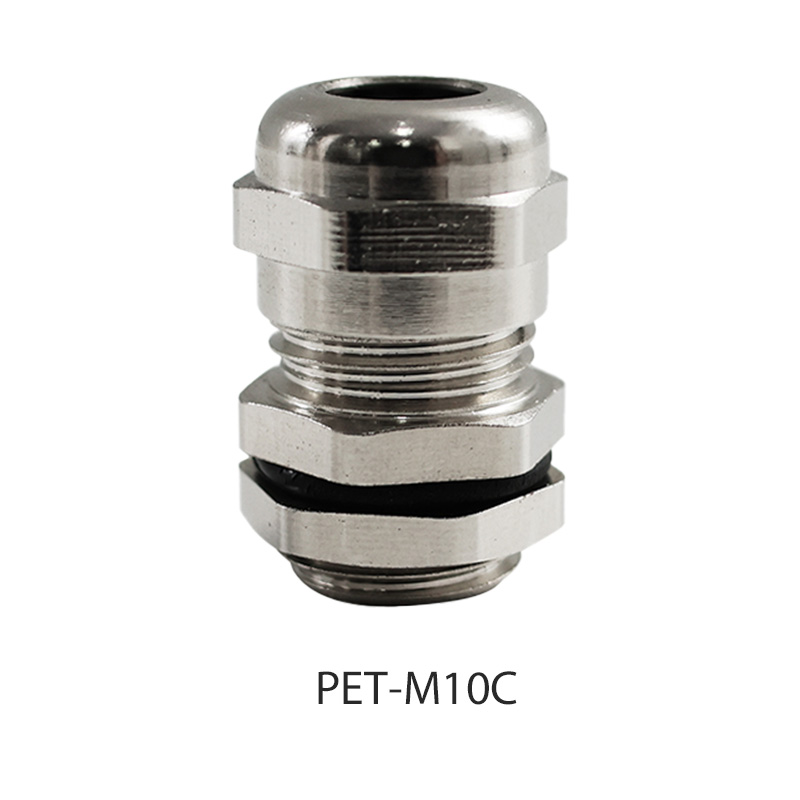
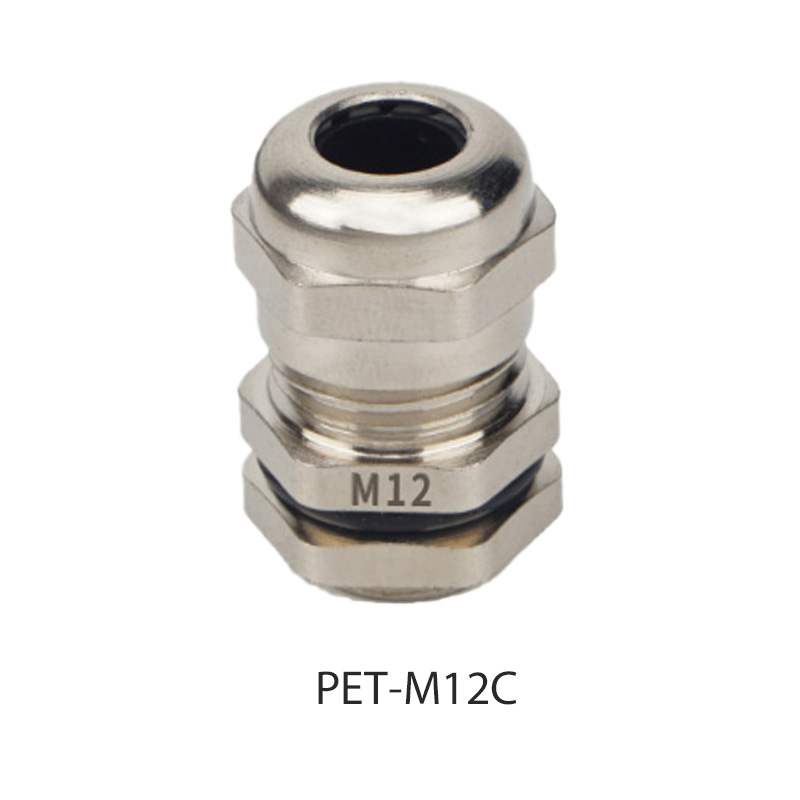
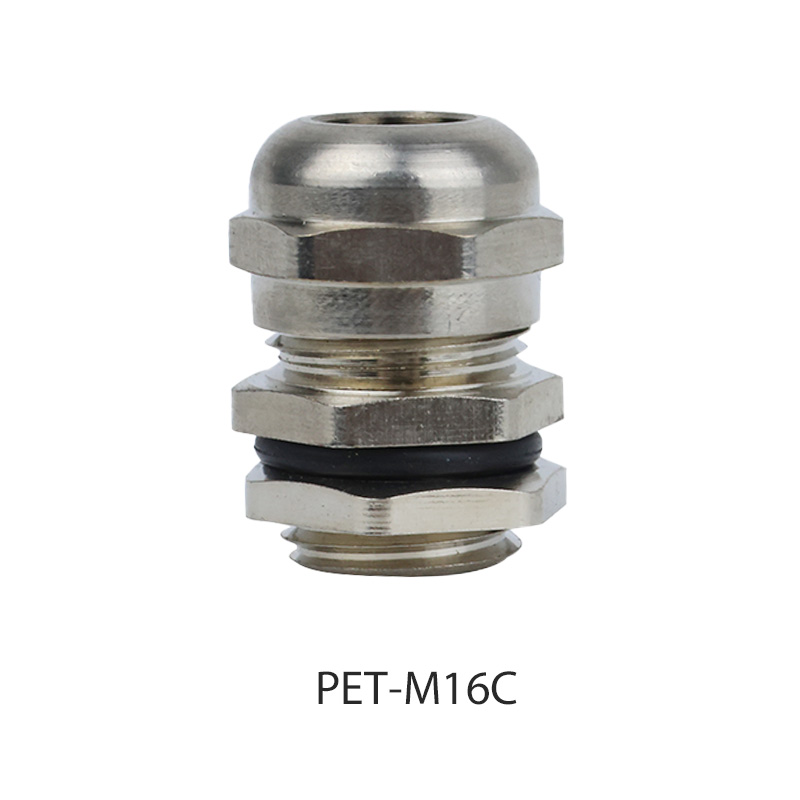
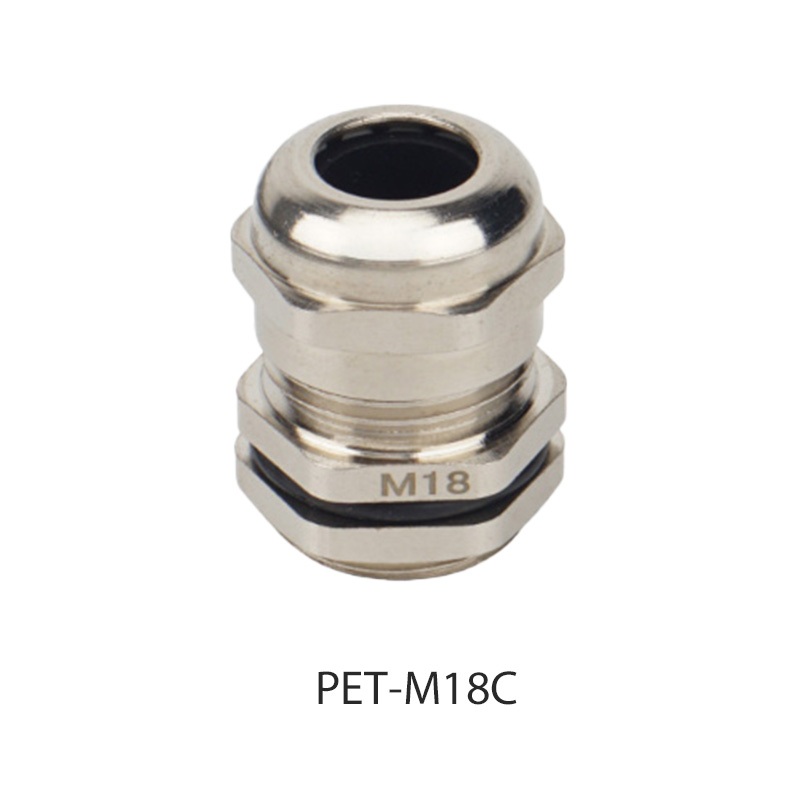
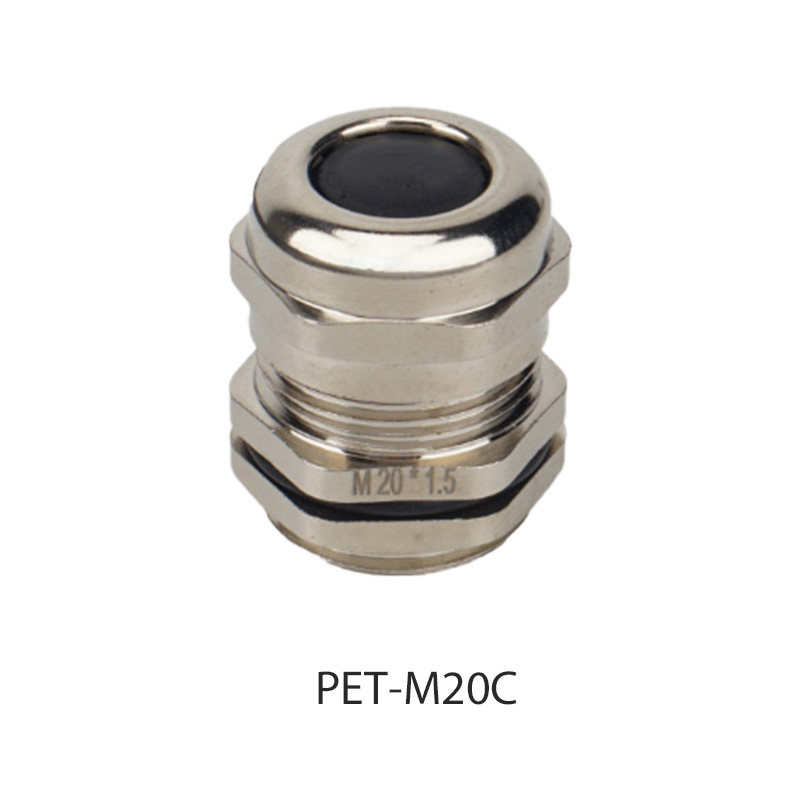
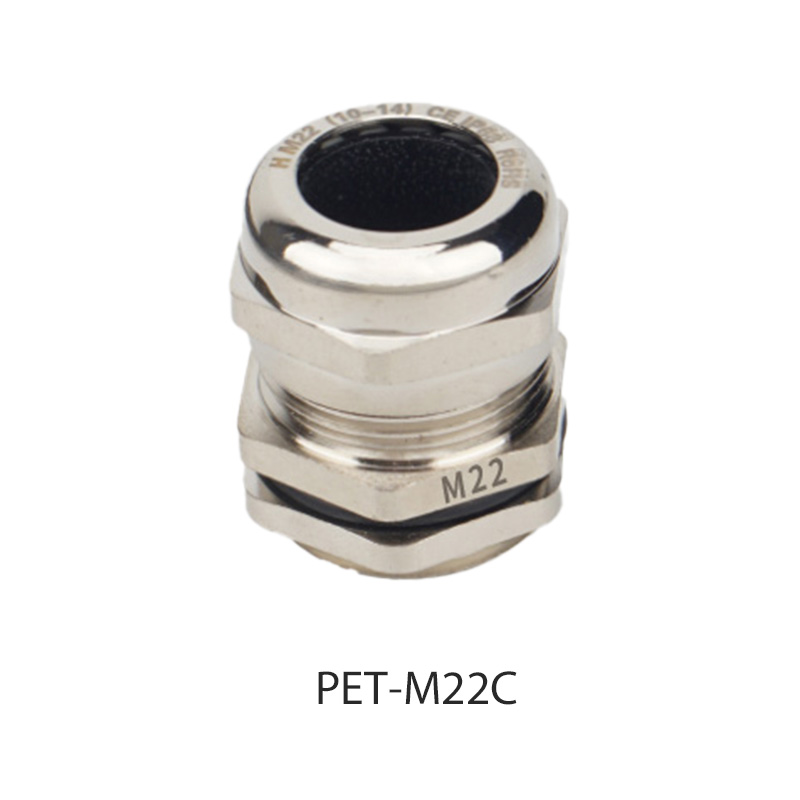
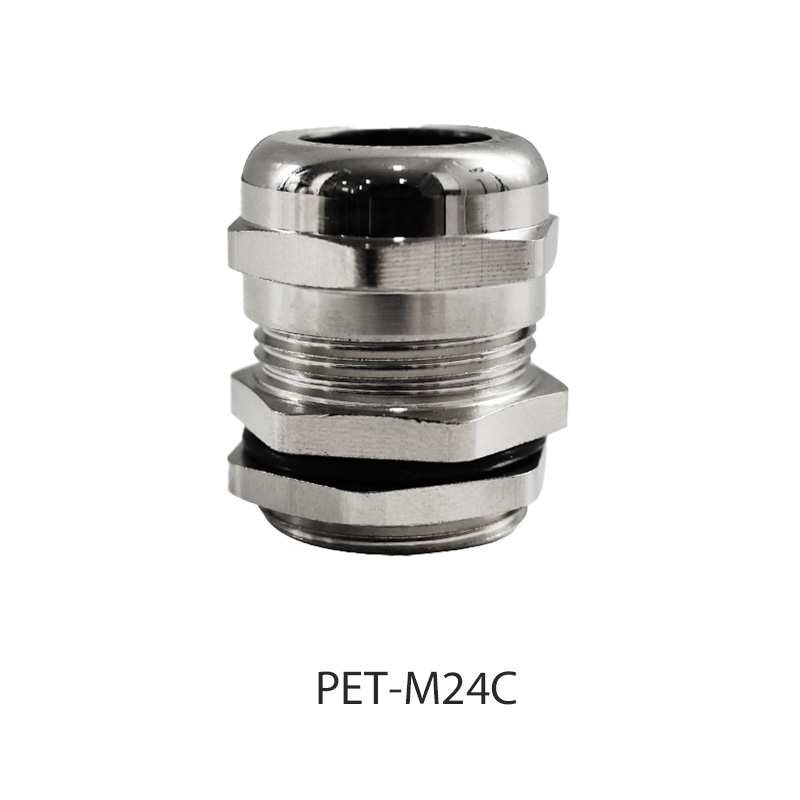
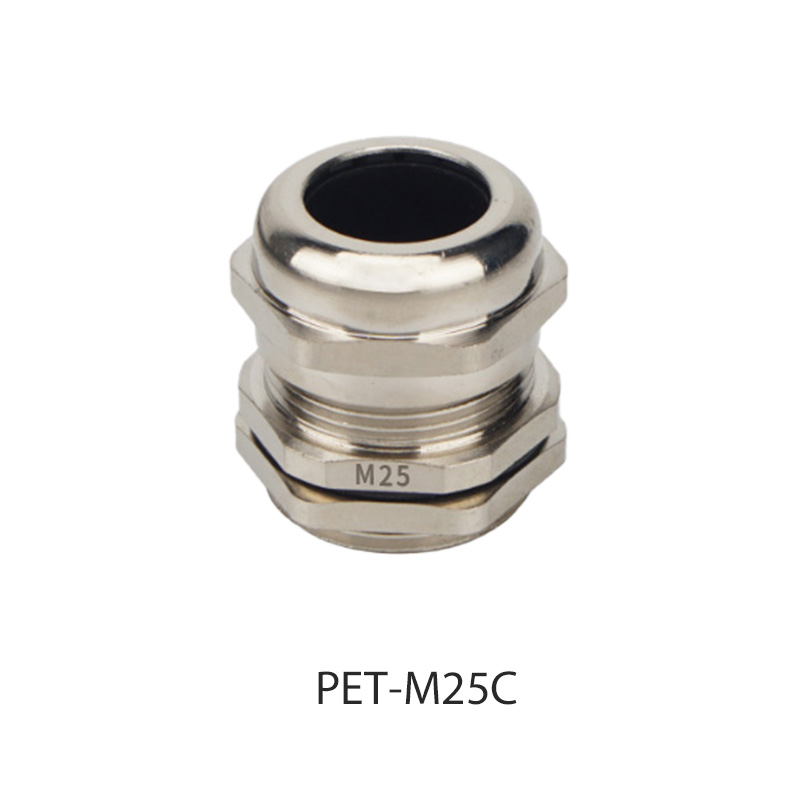
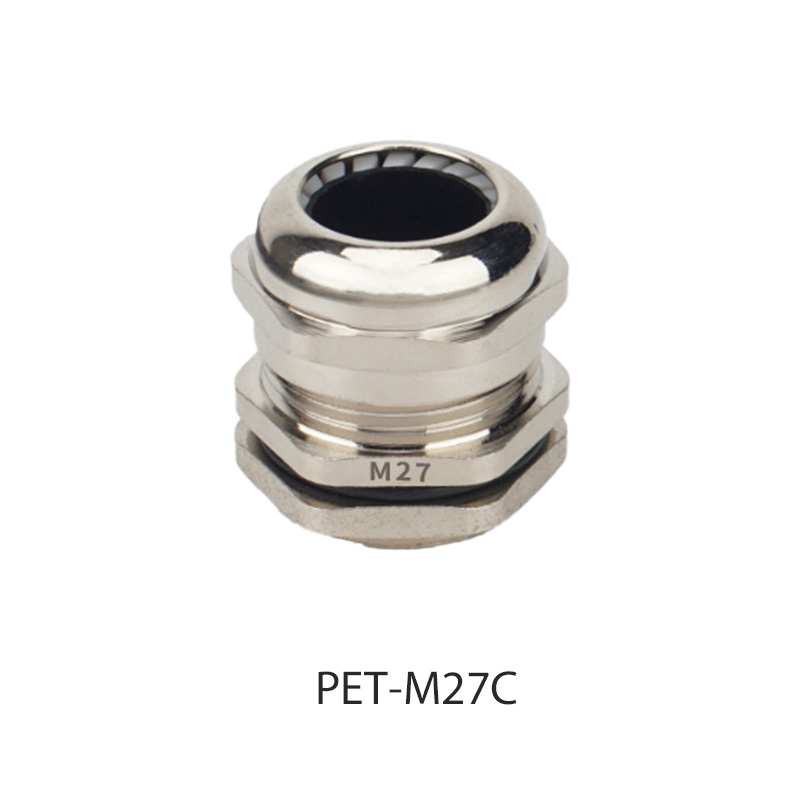
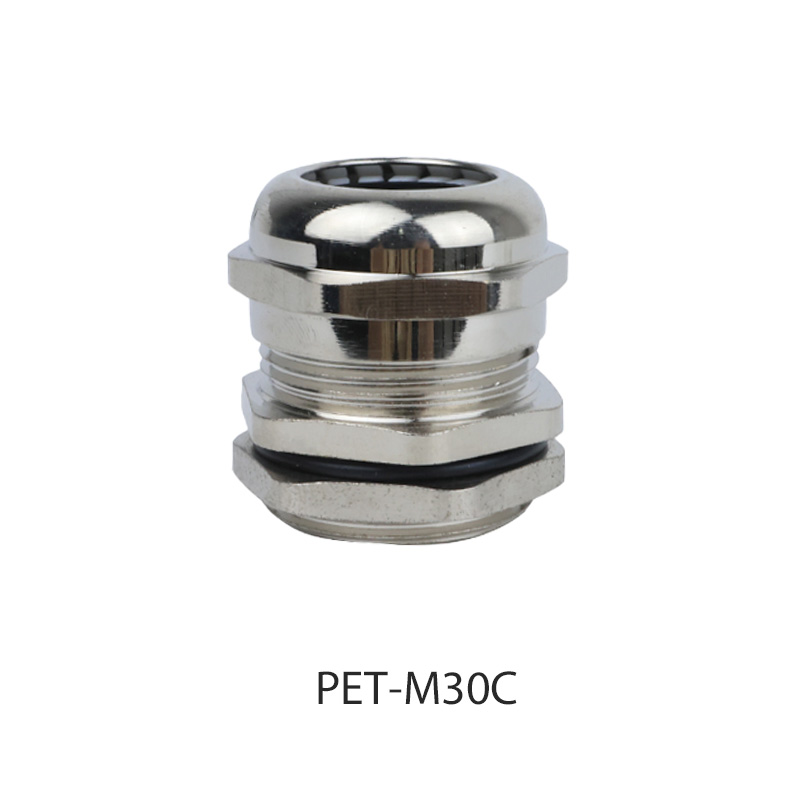
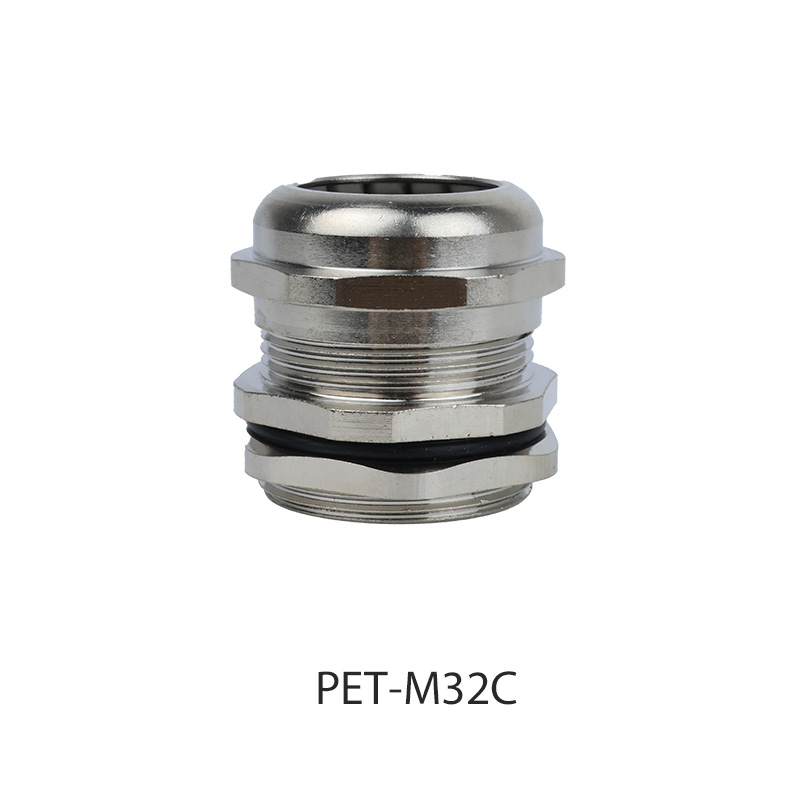
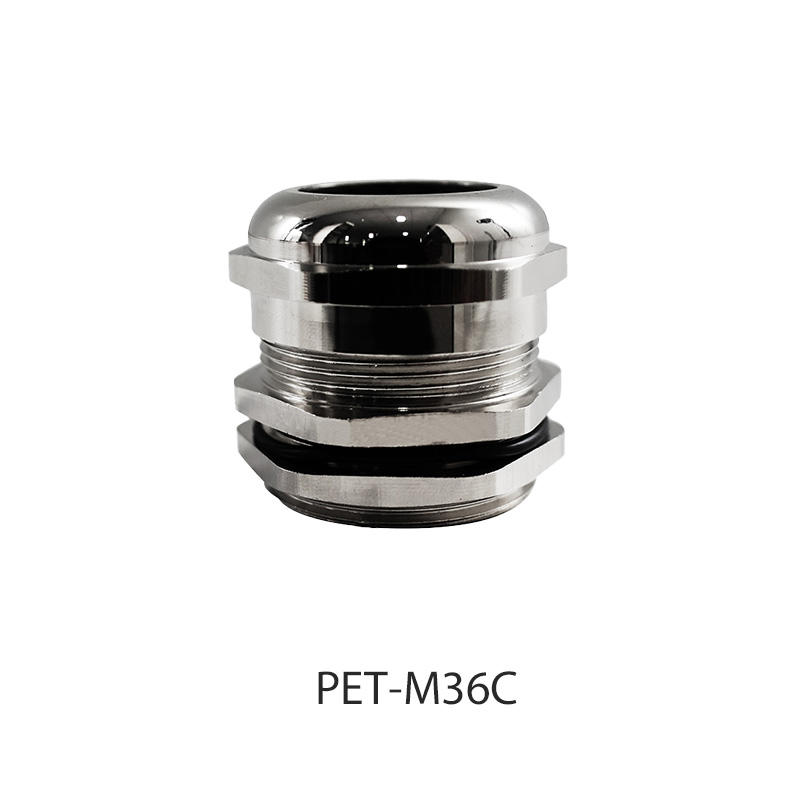
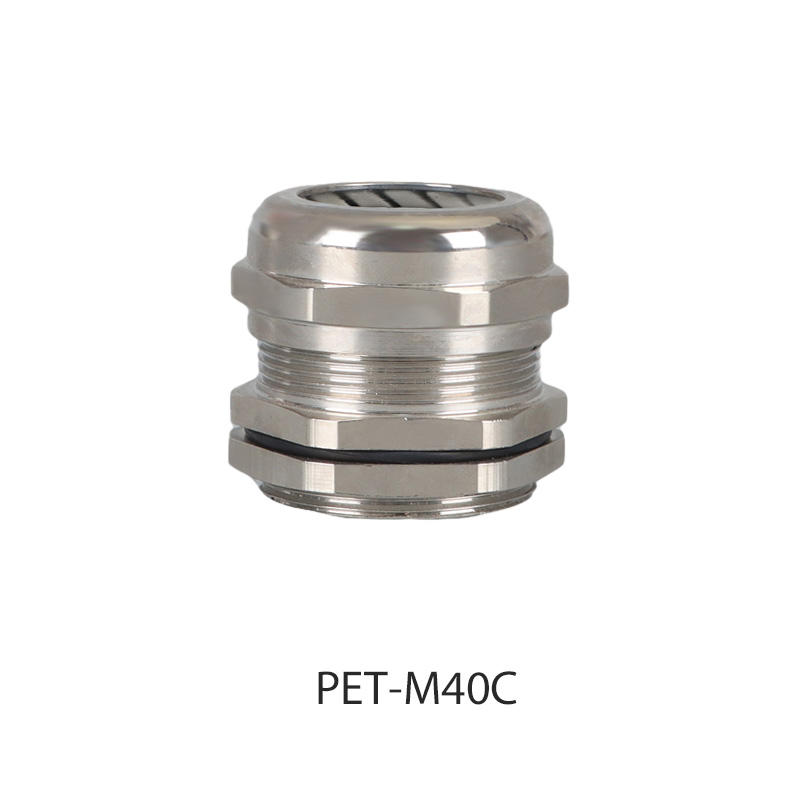
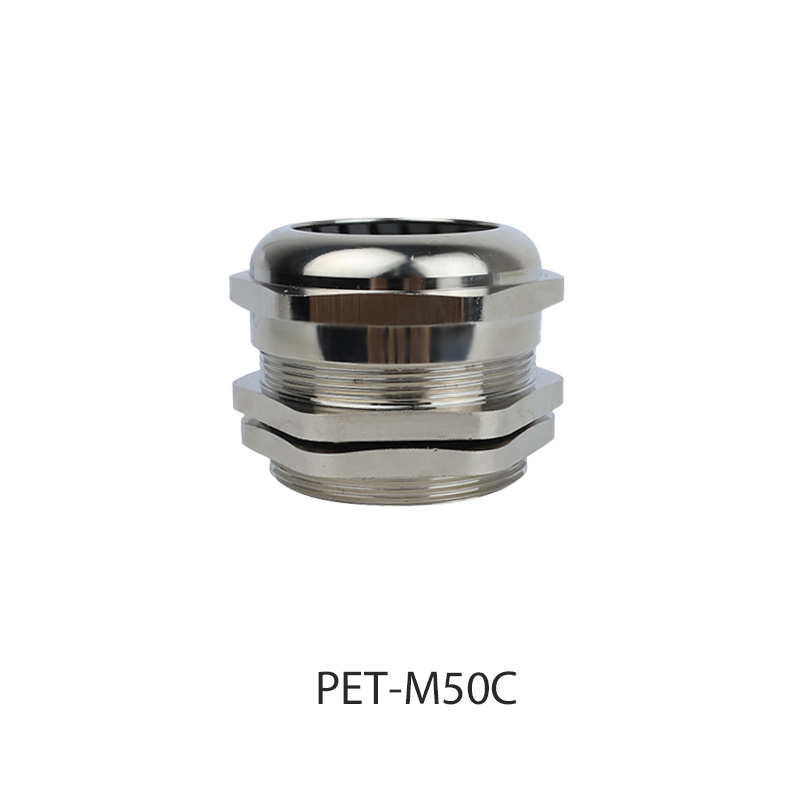
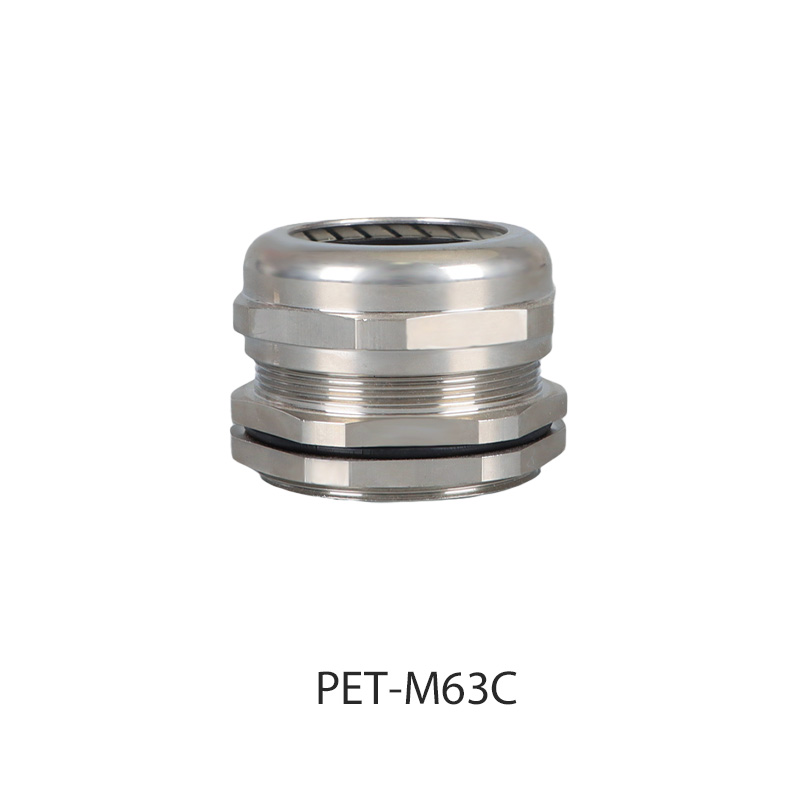
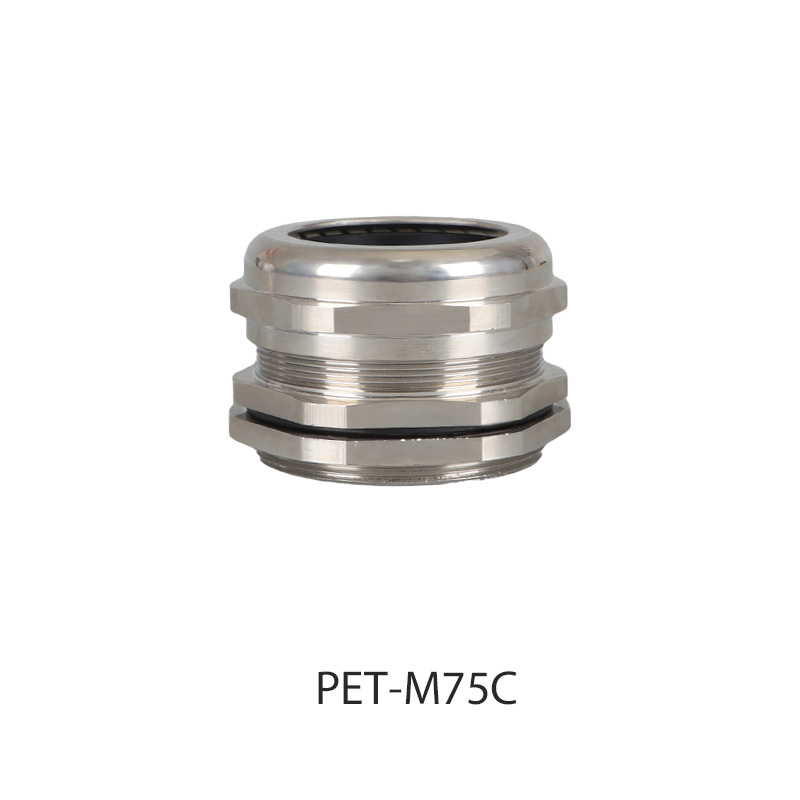
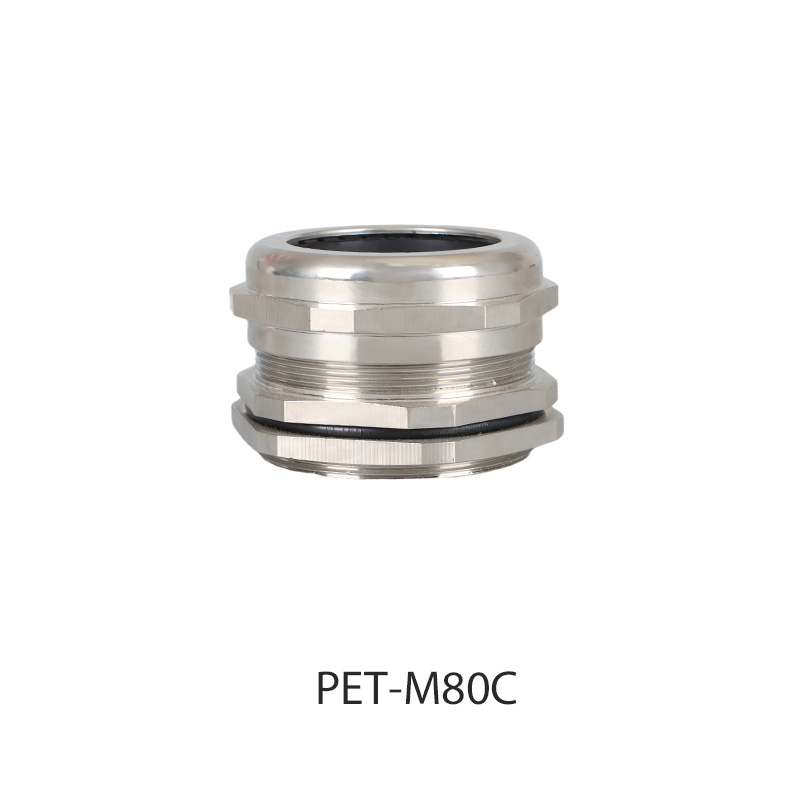
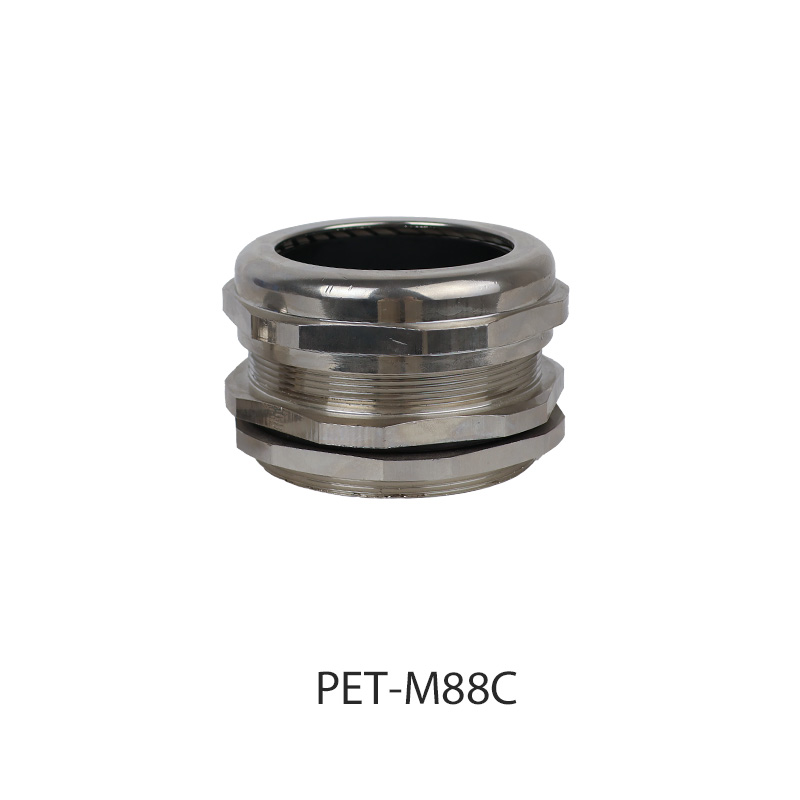
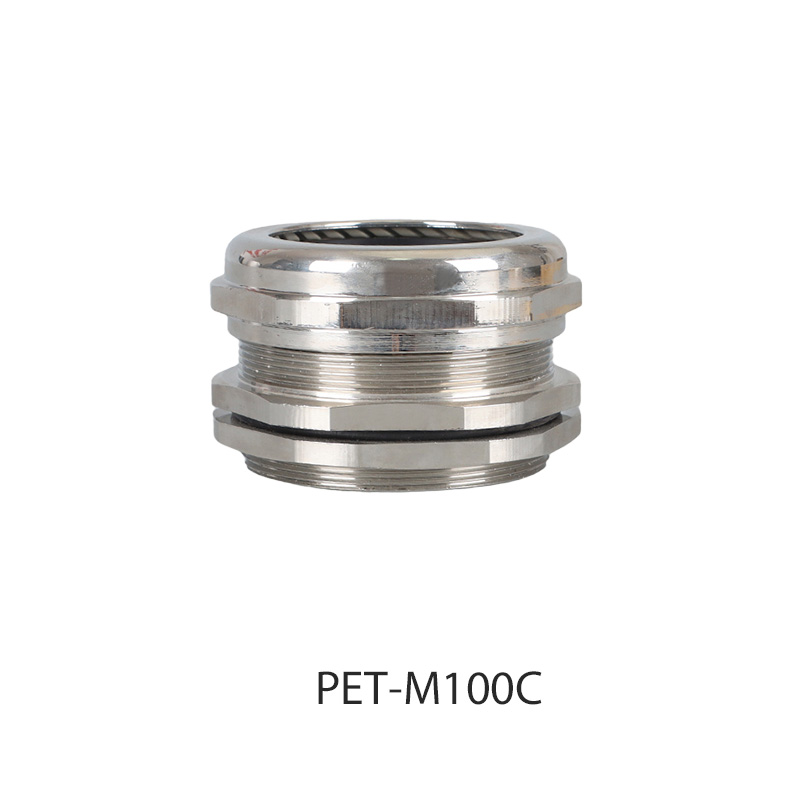
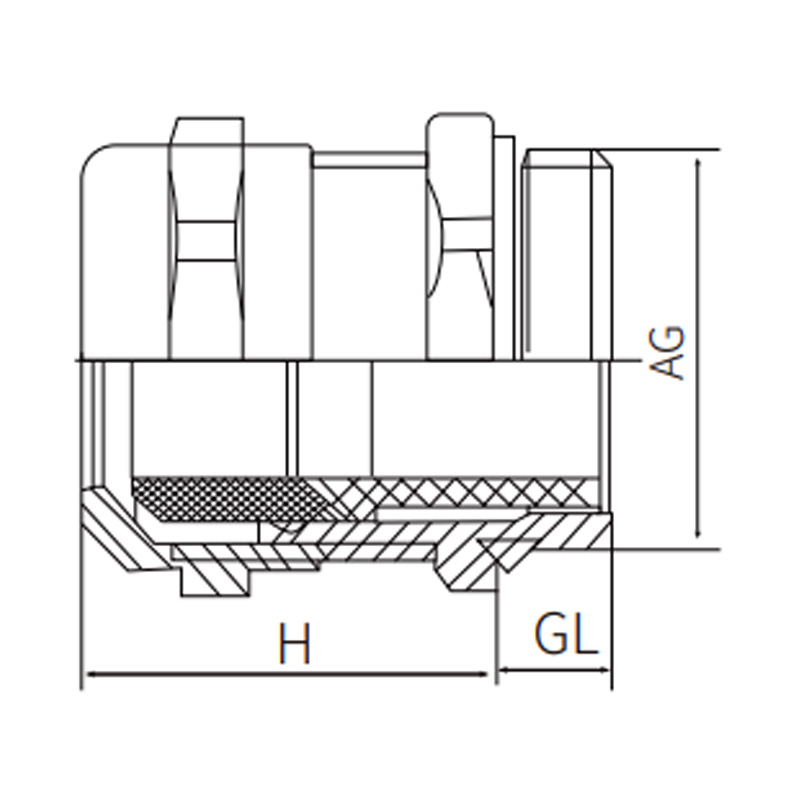








.jpg)
